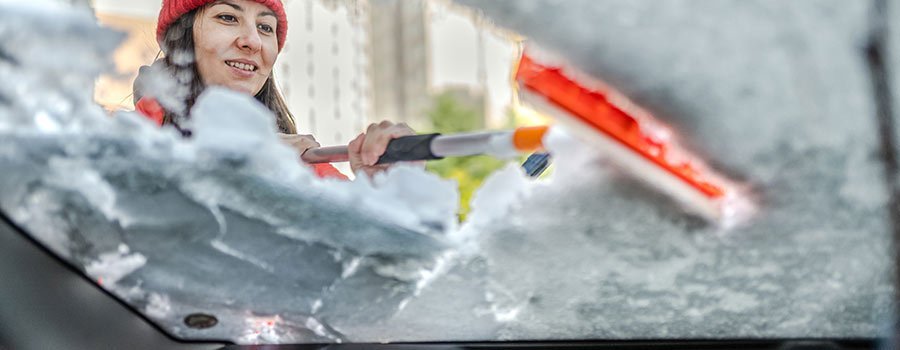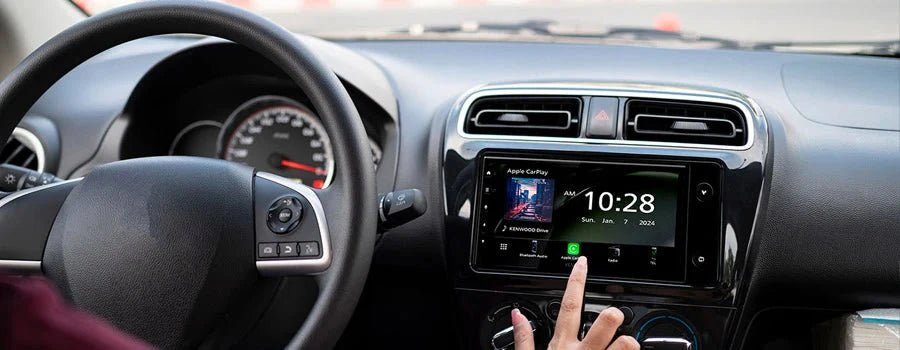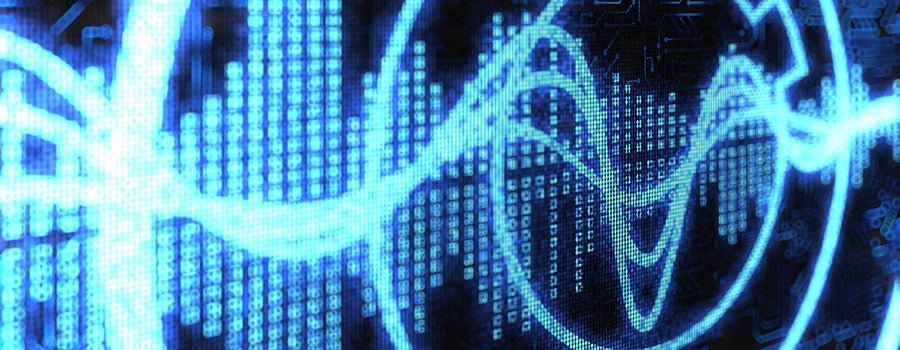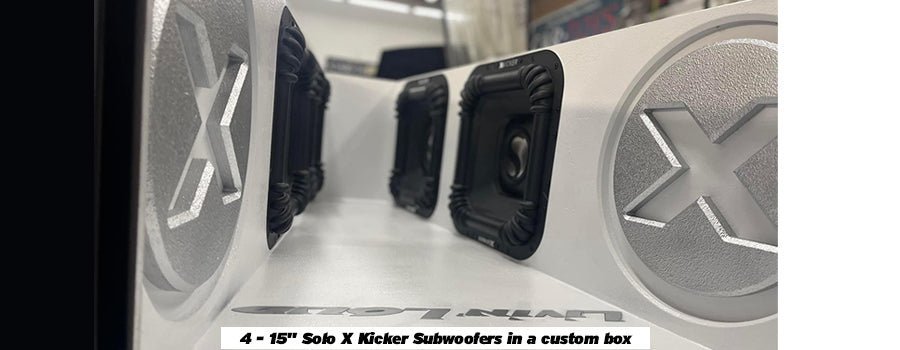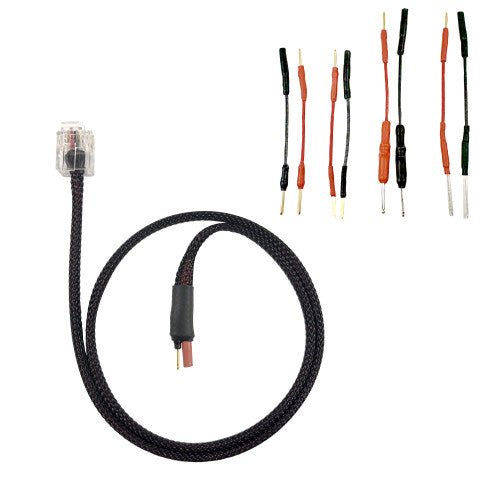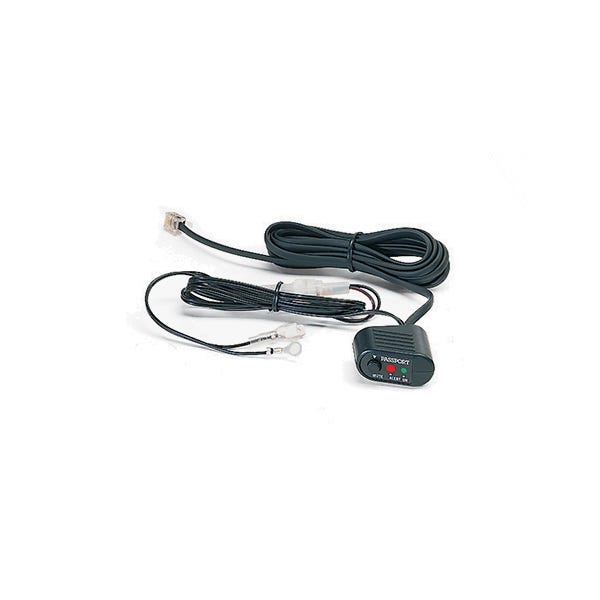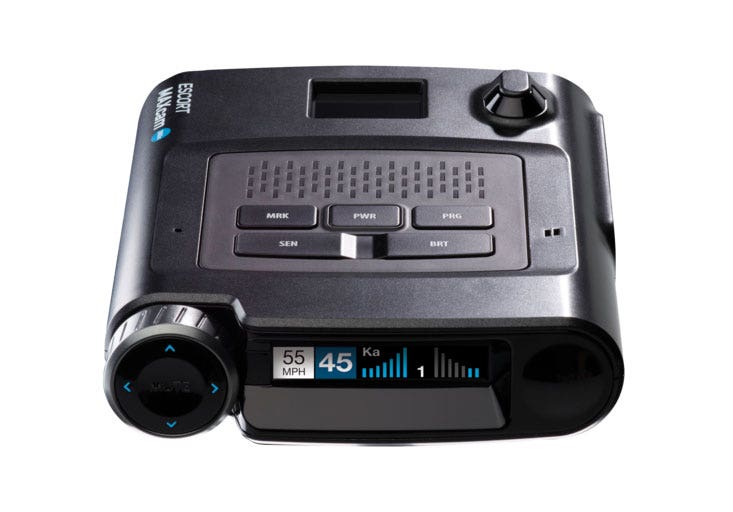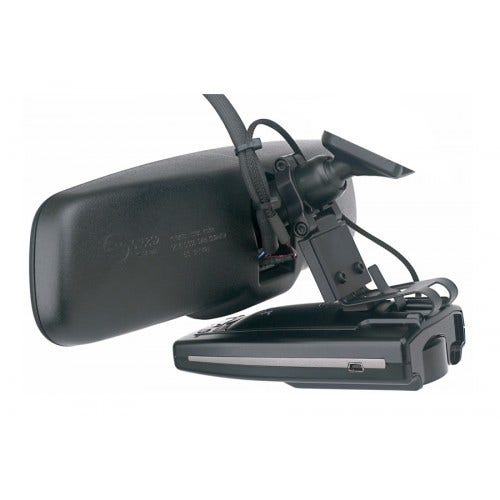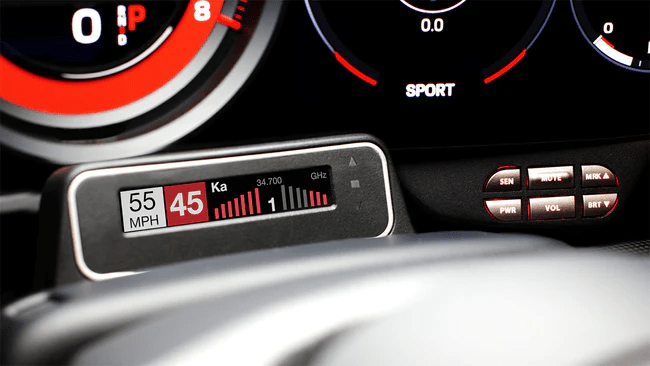Highway Mode: The highest level of sensitivity, meant to be used when traveling in non urban environment where there are less signals to trigger false alerts.
City Mode: Reduces the sensitivity level to prevent false alerts from radar-like signals produced by automatic door sensors, electric warning signs etc. To be used when driving in urban areas.
360 Degree Protection: These units have front and rear sensors that will alert the driver if it has detected radar in the area. Directional indicators on the unit notify the user if the signal is coming from the front or the rear of the vehicle.
Voice Alerts: An audible voice notifies you if a radar signal has been detected, allowing you to keep your eyes on the road and not have to glance at the detector’s display. Some units offer Voice Alerts in both Spanish and English.
Laser Shifters: Detect the beam from a law enforcements laser gun, interpret the signal and transmits unseen light back to the gun at the correct pulse-repetition rate. When the laser gun receives the bogus signal, it is unable to determine the rate of speed so no speed is displayed. Since laser technology is constantly changing it is recommended that you purchase a unit that is updateable so that your device is always current with the new technology. Laser Shifters are available on select windshield mounted units and most custom installed models.
Smartphone Connectivity: Allows the detector to connect to Android and iOS devices through a proprietary app, allowing the two devices to work in tandem enabling the user to mark specific speed enforcement locations for future use or to share with other users. The driver will also receive alerts based on user-sourced data that will notify the driver of speed cameras, red light cameras, speed trap and potential hazards.
Auto-Muting: When a detector senses a signal, it will notify the user with a single tone followed by clicking. This is a nice feature to have when traveling through an area that is generating multiple radar signals so that the user is not bombarded by a constant beeping.
Dim/Dark/Night Mode: Dims the lights of the detector so that it does not cause a distraction while driving in darker conditions.
